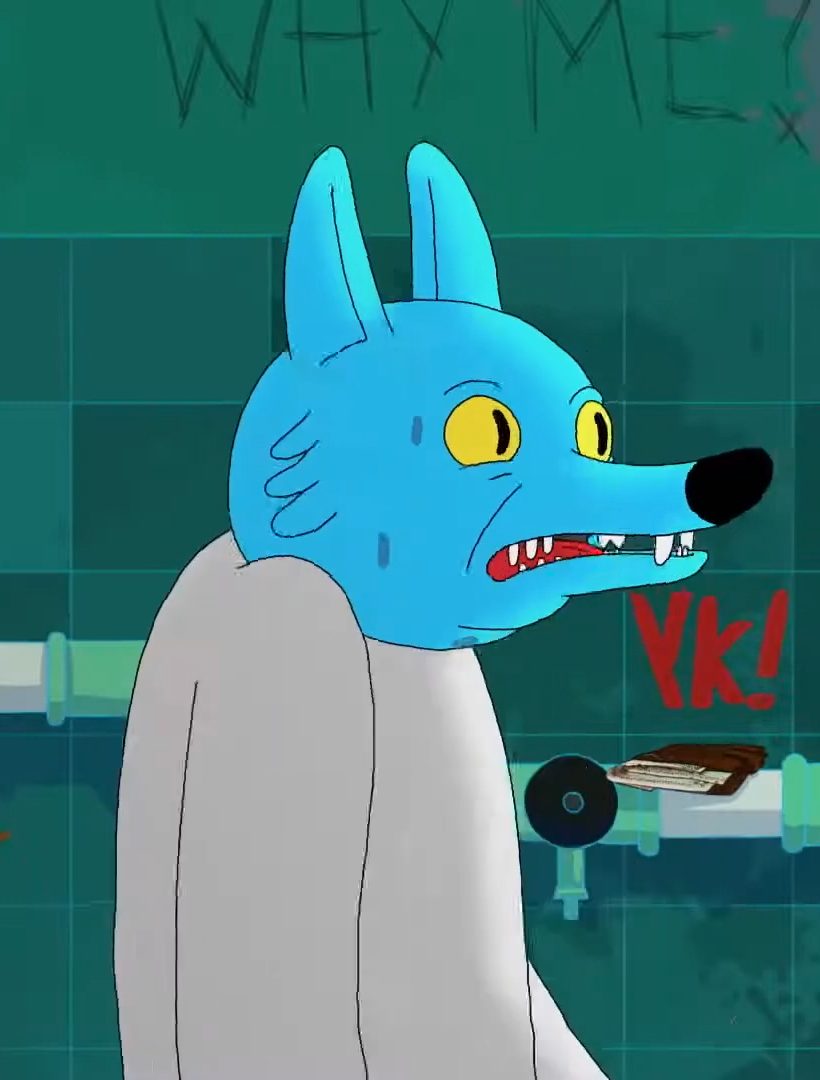When I first pressed play on Video Barn, I expected a haunted tape, flickering static, maybe a ghost behind the screen. What I got instead was something more subtle, more personal: a horror short that feels like memory bleeding through the cracks. In Bianca Poletti’s Video Barn, two best friends—Julie and Hannah—work nights at a small-town video store. One evening, Julie watches a mysterious VHS labeled “Just press play!” and disappears. Hannah, wracked with guilt and dread, steps into the eerie labyrinth of vintage horror and analog dread to rescue her—or risk vanishing herself.
Poletti’s vision leans heavy on nostalgia. The set is sprinkled with neon glow, glowing VHS shelving, retro posters, and that unmistakable hum of old video machines. She built the video store inside an old 1970s record shop, crafting a space that feels both real and haunted, whispering of forgotten late nights and cult film obsessions. The lighting is painterly, the colors saturated just so, as if each frame might bleed into memory. The influence of Twin Peaks, Stephen King, and Lynch is there—not as mimicry, but as mood, texture, and tone.
What hits me hardest is how Video Barn uses silence and absence as much as image. The scenes where Hannah roams deserted aisles, or hears a distant cry through flickering screens, underscore the film’s emotional tension. When one shot lingers on a spinning tape or a reel of film, it’s electric. It tells us what’s at stake without shouting. The horror isn’t in screams or gore—it’s in what’s implied, in what’s lost between frames.
Poletti says she wanted Video Barn to feel feminine, to flip the usual VHS obsession narrative (so often male-centered) and ask: what does fear look like through a girl’s eyes? She and writer Allison Goldfarb built a script where friendship becomes the anchor in a surreal horror world—a reminder that for Hannah, saving Julie isn’t just about deciphering the tape, but holding onto love in a world that wants to erase it.
The cast—Grace Van Dien, Reina Hardesty, Andrew Bering—carry this tender terror with composure. Their chemistry grounds the weirdness. When Hannah walks into a realm where Julie is trapped behind the TV, the stakes feel heartbreakingly real. Poletti’s restraint lets suspense build without overexposure.
Video Barn is already making waves: it premiered in SXSW’s Midnight Shorts, drawing praise for its vintage horror homage and dreamlike dread. Critics note it blends surrealism and genre tropes seamlessly, flirting with metaphor and literal fear. It turns tapes, screens, and memories into dangerous portals. In just thirteen or fourteen minutes, it transforms a nostalgic VHS setting into a liminal zone where past and present collide.
What stays with me is how Video Barn reminds us that media isn’t passive. Tapes capture memories, carry ghosts, encode desires and fears. The film asks: What if the things we consume—stories, movies, tapes—aren’t just entertainment, but reminders of what we’ve forgotten, what we fear, what we lose?
If you like horror that lingers like sweat on skin, or nostalgia that hides a sting, Video Barn will crawl under your eyelids. Press play carefully.





